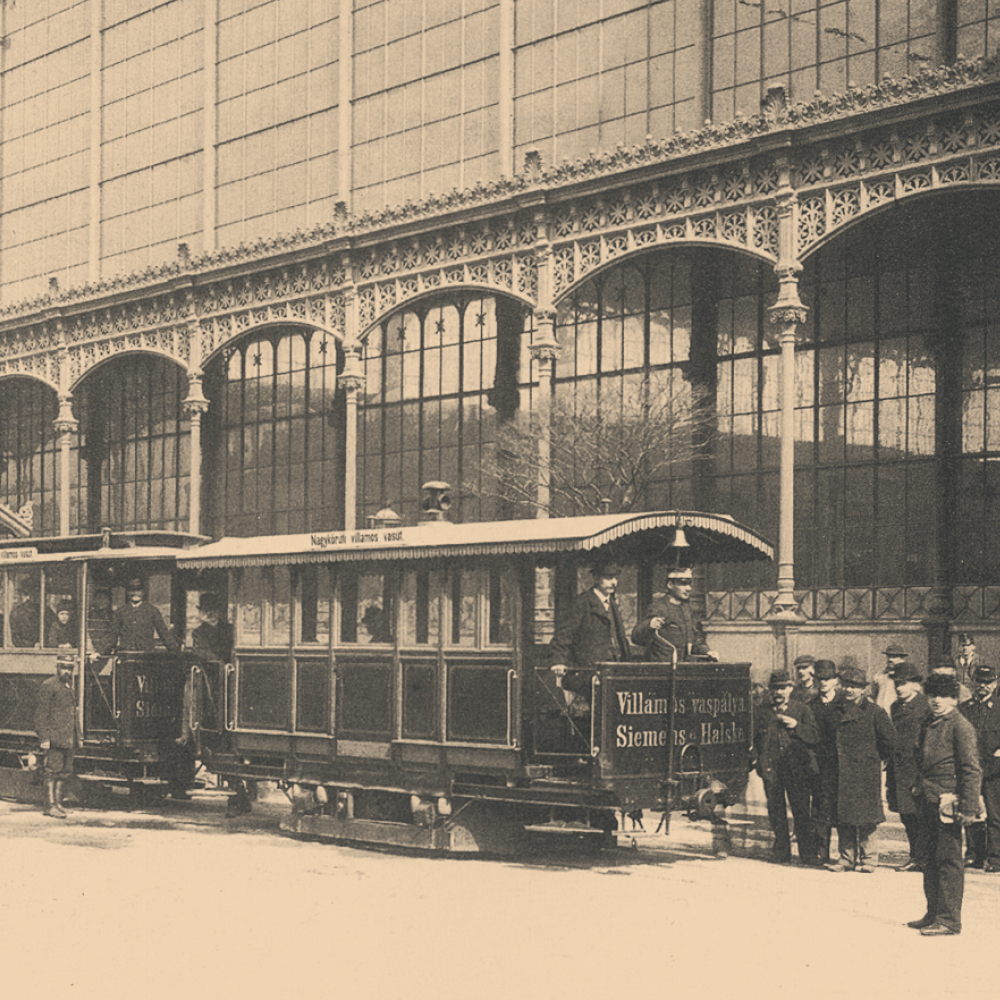
Siemens established its first company in 1887 to organize transportation developments in the city. In the same year, the Siemens-Halske company built its first test railway between King Street and the Western Railway Station, and its dynamo was placed next to the station. After successful testing, the city ordered more electric railways. The Hungarian Siemens-Schukert Electric Works Inc. Budapest was established to construct and maintain these railways. From 1891, the company was renamed Electric Railway Co. Budapest.
Siemens-Halske played a major role in designing and constructing the first underground line. Apart from implementing public tram railway systems in the city, they built direct and alternating current power plants, sold electrical devices, implemented electric lighting in the city, and installed power transmission machineries. They also created a manufacturing and repairing workshop, where railway fuses were made, and other electrical devices were repaired. By 1898, around 70 people worked in this workshop.
After the turn of the century, the factory had to be expanded multiple times due to its quick development. With the new properties, production numbers jumped 15 times higher from where they had previously been. Electrical devices in the most significant Hungarian institutes were produced in the German Siemens-Schuckert factory, but these devices were usually repaired in the local workshops











